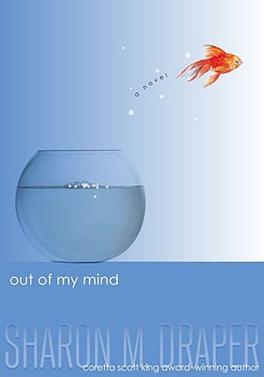For this reflection post, I wanted to discuss the BCEdAccess presentation. I thought the discussion of being aware and prepared for the diverse intersectional identities that we will have in our classrooms was extremely important. This guest lecture fit really nicely into what we’ve been discussing regarding UDL (universal design for learning).
From what I’ve learned about UDL teaching practices so far in this program, my understanding of its core purpose is to prepare lessons and units that have accessibility built into their designs. Starting with accessibility, and being flexible when teaching, means that students have a better opportunity to access the learning and advocate for their needs. One key takeaway I learned from this presentation is how making supports and accessibility tools accessible, and encouraging their use, can support all learners. Preemptively preparing for diversity normalizes differentiated education.
Relating to my group’s technology inquiry presentation, there are numerous technological supports built for accessibility—like those we explored for reading and writing. Meaningfully choosing tools that support and enhance learning, rather than completely separating learners or overwriting their learning, is something I hope to learn more about and practice in my own teaching journey.

In this presentation, I was pleased to hear Kaori and Tracy bring up the novel by Sharon M. Draper, Out of My Mind. This was one of my favourite books in middle school and, as I’ve been considering my own classroom library, a book I’ve re-read recently. This novel features a young girl with cerebral palsy advocating for her own voice (such as getting an AAC device). With the new tool that allows her to share her voice, she joins classes in her school, navigates friendships, and eventually joins her school’s quiz team.
One thing I loved about this novel was how it discussed the ableist barriers Melody faced—ones that may not be clear to people without the experiences she has. In researching this book, I found that Draper wrote this book for her own daughter, who also has cerebral palsy, so that there were more characters in media that represented her and discussed life experiences she could relate to. Similar to the BCEdAccess presentation, I appreciated how the tools in this novel supplemented Melody’s learning and showed how these tools highlight the learning and knowledge she already has. It was a hard read at times, seeing how the other students engage with Melody. As the book is set in the early 2000s context, it was also interesting as an educator to see how the education system may have changed in some ways, but the barriers still remain in other senses (e.g., less of a separation of students in classes based on abilities, but still lack of accessibility supports in many classrooms).
Right after I re-read the book, I learned two cool new things about Draper’s work: 1) that it was part of a trilogy, and 2) that a movie adaptation of Out of My Mind had recently been made! I’ve since read the second book (Out of My Heart, which features Melody going to an accessible summer camp), but haven’t yet read the third. I thought the second was interesting as, compared to Out of My Mind, there featured many other children with varying physical abilities. Through their friendships and interactions, this novel pushed how there is no one solution to accessibility, and not one shared experience of those with physical disabilities (this pulls back to the concept of intersectionality).
I also have recently watched the movie! I thought it did a great job of keeping true to the feelings and themes of the book, while still changing some things (as is usual in film adaptations). One example is the focus on the parents advocating to the insurance company for the financial support for Melody’s AAC. This isn’t a plot point as much in the book, but another important discussion when it comes to accessibility supports. I also found it important how the actor who played Melody, Phoebe-Rae Taylor, also had cerebral palsy. This not only increases representation through the character, but also through the actor. I’ve linked the movie trailer (it’s on Netflix!) below to end off this reflection post. Until next time!
